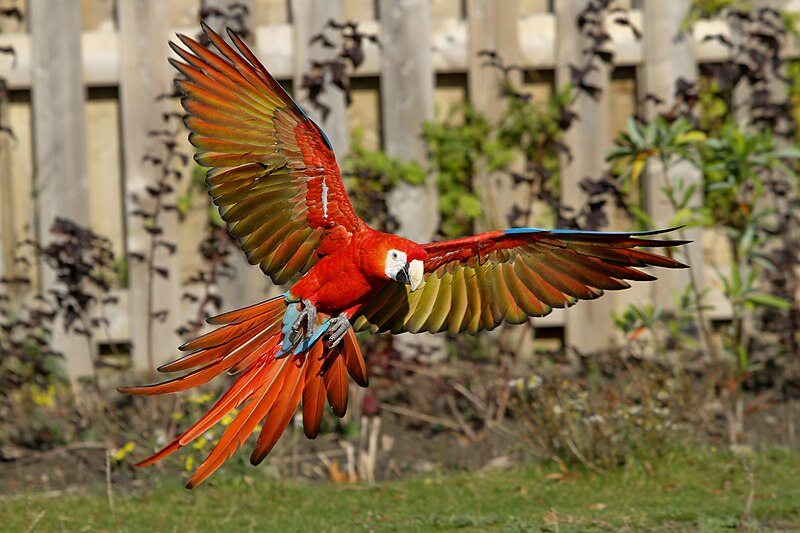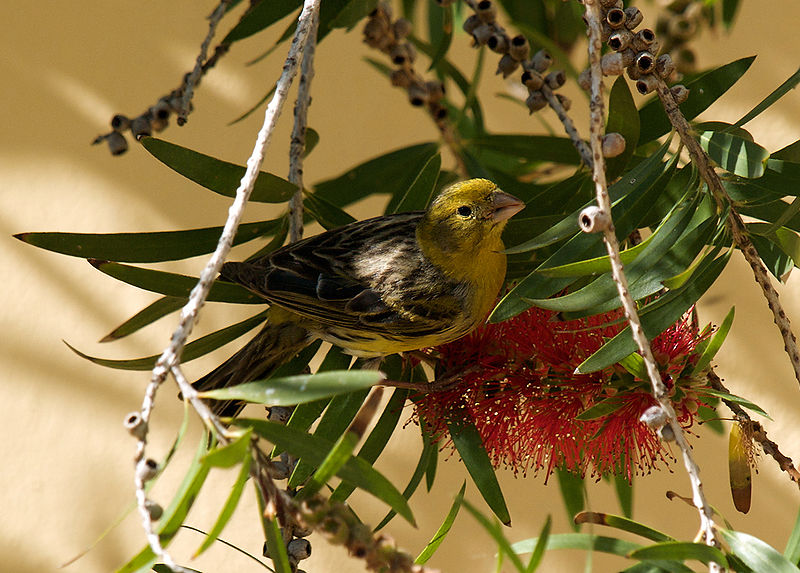Sorting through the scores of bird interest websites can be very taxing, so I thought I’d highlight some especially good ones here (listed in alphabetical order).
Budgerigar Websites
While most clubs and societies focus on English Budgerigars, which differ a bit from the race more familiar in the USA (please see the article referenced below), English Budgerigar husbandry and natural history information will be useful to all Budgerigar owners.
Based in the UK, the Budgerigar Society was founded in 1925 and boasts over 3,000 members – quite a reserve of expertise!
In addition to hosting exhibitions and providing a wealth of information on show standards and related matters, the society is committed to disseminating health, husbandry and conservation news, and does a fine job of it. The posted research articles, many written by recognized experts, are top-notch. The new Budgerigar owner, however, should not shy away – a series of wonderful articles for beginners is also available.
Great Western Budgerigar Society
Founded in 1952, this US-based society is one of the largest devoted solely to the care and exhibition of Budgerigars, and promotes the advancement of both scientific research and practical husbandry techniques.
It is well-known for hosting some of the country’s most popular shows…one of these, which featured over 1,300 Budgies, was the largest ever held in the USA. I was particularly pleased to find wonderful photos of the various Budgerigar color types and printable Nest Box and Egg Log Cards.
This international organization does a fine job of bringing together Budgerigar experts and enthusiasts from all over the world – governments should cooperate half as well!
At least 21 countries, including the USA, are well-represented. I especially admire the group’s efforts in funding the translation and dissemination of important research articles. Budgerigar show standards and conservation-oriented lobbying are also high priorities.
Cockatiel Websites
Now in its 25th year, the National Cockatiel Society is a great resource for aviculturists seeking information on any aspect of Cockatiel care or exhibition.
The website’s library is one of the most impressive I’ve seen, with many of the posted articles having applicability to other parrot species as well. Specific interest areas, such as those for breeders and exhibitors, assure that no site visitor will leave unsatisfied.
In contrast to many Cockatiel interest groups, the North American Cockatiel Society focuses its efforts on pet care as opposed to exhibition (however, the well-researched information on Cockatiel genetics and mutations will prove of interest to both pet owners and those who exhibit birds).
I was happy to see that fact and fun strike an excellent balance on this website – the articles are well-written and informative, and the “Just for Fun” section is most entertaining. The “Frequently Asked Questions/Tips” feature covers just about all one might need to know when getting started in keeping cockatiels, while a chat-room and “Cockatiel of the Month” photo serve to liven up the visitor’s experience.
Further Reading
The race of birds that has come to be known as “English Budgerigars” is larger (and, some say, quieter – apartment dwellers take note!) than the Budgerigars more typically seen in the USA. Please see my article The English Budgerigar for more information.
The Cockatiel’s life in the wild is less well-known than is its captive care, but very interesting. To read about Cockatiel natural history, please see The Cockatiel in Nature.
 The colors of North American’s Buntings rival those of any tropical bird. Several species are popularly kept in Europe, Asia and Latin America, but laws limit the availability of most in the USA (check a local Softbill Society for legal specimens). I recently wrote about the Painted Bunting (Passerina ciris), one of the most colorful of the group (please see article below). Today we’ll discuss the Rainbow, Indigo, Versicolor and Lazuli Buntings.
The colors of North American’s Buntings rival those of any tropical bird. Several species are popularly kept in Europe, Asia and Latin America, but laws limit the availability of most in the USA (check a local Softbill Society for legal specimens). I recently wrote about the Painted Bunting (Passerina ciris), one of the most colorful of the group (please see article below). Today we’ll discuss the Rainbow, Indigo, Versicolor and Lazuli Buntings. That Bird Blog – Bird Care and History for Pet Birds
That Bird Blog – Bird Care and History for Pet Birds


 The Scarlet Macaw (Ara macao) is surely one of the most recognizable birds on the planet. Images of this spectacular parrot adorn the brochures and T-shirts of travel agencies, zoos and aviaries worldwide. Less well-known, however, is its natural habits and precarious existence in the wild.
The Scarlet Macaw (Ara macao) is surely one of the most recognizable birds on the planet. Images of this spectacular parrot adorn the brochures and T-shirts of travel agencies, zoos and aviaries worldwide. Less well-known, however, is its natural habits and precarious existence in the wild. Different Canary varieties (termed “types”) first developed quite by accident. Canaries arrived in Europe in 1478, when they were taken to Spain from their native habitat on several islands off Northwest Africa. As the Spanish sold only males and travel was difficult, Canary owners usually bred related birds to one another. This increased the likelihood of mutations, including the yellow coloring that is now considered to be the Canary’s “normal” color (wild Canaries are actually greenish-brown).
Different Canary varieties (termed “types”) first developed quite by accident. Canaries arrived in Europe in 1478, when they were taken to Spain from their native habitat on several islands off Northwest Africa. As the Spanish sold only males and travel was difficult, Canary owners usually bred related birds to one another. This increased the likelihood of mutations, including the yellow coloring that is now considered to be the Canary’s “normal” color (wild Canaries are actually greenish-brown).